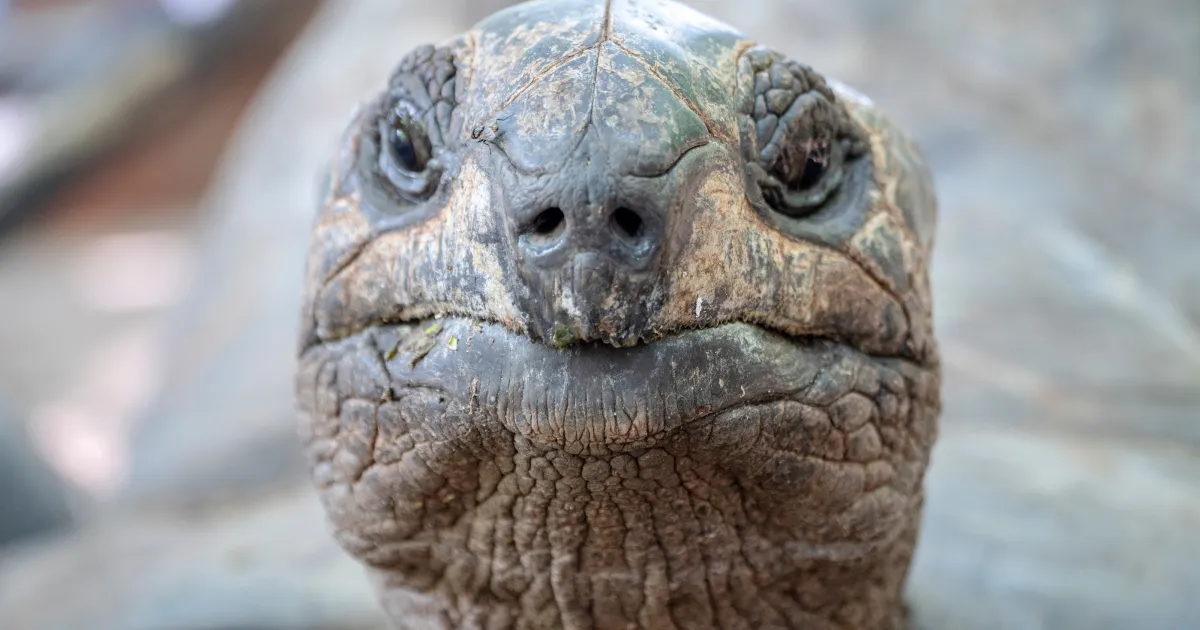Tortoises are fascinating creatures known for their long lifespans. These land-dwelling reptiles, belonging to the order Testudines, often outlive other members of their scientific group, such as sea turtles. This article explores the life expectancy of tortoises, factors that contribute to their longevity, and the intriguing details about these remarkable animals.
The Fascination with Tortoises
Tortoises have always intrigued humans with their slow pace and long lives. Unlike many animals, they can live for over a century, making them symbols of longevity and resilience. Understanding how long tortoises live and the factors contributing to their extended lifespans offers a glimpse into the wonders of nature.
Life Expectancy of Tortoises
Average Lifespan
Tortoises are known for their impressive lifespans, which generally range from 80 to 150 years. This longevity sets them apart from many other animals, including their relatives, the sea turtles. While sea turtles also have relatively long lives, they do not typically reach the ages that tortoises can.
Exceptionally Long-Lived Tortoises
Some tortoises exceed the average lifespan, living up to 250 years. These exceptional cases often become subjects of study and admiration. The exact reasons for their extraordinary lifespans are complex and involve a combination of genetics, environment, and lifestyle.
Factors Influencing Tortoise Longevity
Genetics
The genetic makeup of tortoises plays a crucial role in their long lives. Some species are naturally predisposed to live longer than others. For instance, the Galápagos tortoise and the Aldabra giant tortoise are known for their potential to reach and even surpass the 150-year mark.
Diet and Nutrition
A tortoise’s diet significantly impacts its lifespan. Tortoises that have access to a balanced diet rich in fiber, vitamins, and minerals tend to live longer. In the wild, tortoises eat a variety of plants, fruits, and vegetables, which contribute to their health and longevity.
Habitat and Environment
The environment in which a tortoise lives also affects its lifespan. Tortoises in captivity can live just as long as those in the wild, provided they have a habitat that mimics their natural environment. Proper temperature, humidity, and access to sunlight are critical factors.
Health and Veterinary Care
Regular health check-ups and veterinary care can greatly extend a tortoise’s life, especially in captivity. Preventative care, early detection of diseases, and prompt treatment of health issues are essential for maintaining a tortoise’s health over the years.
Species-Specific Lifespans
Galápagos Tortoise
The Galápagos tortoise is one of the most famous long-lived tortoise species. These giants can live well over 150 years, with some individuals known to have lived for more than 200 years. Their slow metabolism and low-stress lifestyle contribute to their impressive longevity.
Aldabra Giant Tortoise
Another notable species is the Aldabra giant tortoise, native to the Aldabra Atoll in the Seychelles. These tortoises also have lifespans exceeding 150 years. They are one of the largest tortoise species, and their longevity is comparable to that of the Galápagos tortoise.
Other Tortoise Species
Many other tortoise species also boast long lifespans, though not as extreme as the Galápagos or Aldabra tortoises. For example, the Indian star tortoise can live up to 80 years, and the Hermann’s tortoise often lives between 50 and 75 years.
Notable Long-Lived Tortoises
Jonathan the Tortoise
One of the most famous tortoises is Jonathan, a Seychelles giant tortoise who resides on the island of Saint Helena. Born around 1832, Jonathan is considered the world’s oldest living land animal, making him over 190 years old. His remarkable age has made him a global icon of longevity.
Harriet the Tortoise
Harriet, a Galápagos tortoise, was another well-known long-lived tortoise. She lived to be around 175 years old and was famously associated with Charles Darwin, who is believed to have collected her during his voyage on the HMS Beagle.
Tortoise Care Tips for Longevity
Proper Diet
To ensure a long and healthy life for pet tortoises, providing a balanced diet is crucial. This includes leafy greens, vegetables, and occasional fruits. Avoid feeding them high-protein foods, as tortoises are primarily herbivores.
Suitable Habitat
Creating a suitable habitat that mimics a tortoise’s natural environment is essential. This includes providing a spacious enclosure, appropriate substrate, and hiding spots. Ensure the habitat has the right temperature and humidity levels.
Regular Veterinary Care
Regular veterinary check-ups can help detect and prevent health issues. A vet specializing in reptiles can provide valuable advice on diet, habitat, and overall care to enhance a tortoise’s lifespan.
Enrichment and Exercise
Tortoises need physical and mental stimulation to stay healthy. Providing opportunities for exercise and enrichment, such as climbing structures and varied terrain, can promote their well-being and longevity.
Comparing Tortoises and Sea Turtles
Lifespan Differences
While both tortoises and sea turtles belong to the order Testudines, tortoises generally have longer lifespans. Sea turtles can live up to 80 years, but this is still shorter compared to the average tortoise lifespan of 80 to 150 years.
Habitat and Lifestyle
The different lifespans of tortoises and sea turtles can be attributed to their distinct habitats and lifestyles. Tortoises live on land and have a slower, more controlled environment, whereas sea turtles face more predators and environmental challenges in the ocean.
Interesting Facts About Tortoises
Slow Metabolism
Tortoises have a slow metabolism, which contributes to their long lifespans. Their bodies process food and energy at a slower rate, reducing the wear and tear on their organs over time.
Protective Shell
The hard shell of a tortoise offers significant protection from predators, contributing to their longevity. This natural armor allows them to live relatively stress-free lives compared to other animals.
Historical Significance
Tortoises have been part of human culture and history for centuries. They are often seen as symbols of wisdom, endurance, and longevity in various cultures around the world.
Challenges Faced by Tortoises
Habitat Loss
One of the biggest threats to tortoises is habitat loss due to human activities. Deforestation, urbanization, and agriculture can destroy the natural habitats that tortoises rely on.
Illegal Wildlife Trade
Tortoises are often victims of the illegal wildlife trade. They are captured and sold as pets, leading to a decline in wild populations. Conservation efforts are crucial to combat this issue and protect tortoise species.
Climate Change
Climate change poses a significant threat to tortoises. Changes in temperature and weather patterns can affect their habitats, food sources, and breeding patterns, putting their populations at risk.
Conservation Efforts
Protected Areas
Establishing protected areas and wildlife reserves is essential for conserving tortoise habitats. These areas provide safe environments where tortoises can live and reproduce without human interference.
Breeding Programs
Breeding programs in captivity help increase tortoise populations and reintroduce them into the wild. These programs also support genetic diversity, which is vital for the long-term survival of tortoise species.
Public Awareness
Raising public awareness about the plight of tortoises and the importance of conservation is key. Education and advocacy can help reduce illegal trade and habitat destruction, ensuring a future for these incredible animals.
Conclusion
Tortoises are remarkable creatures with lifespans that can stretch over a century. Their longevity is influenced by genetics, diet, environment, and care. By understanding and addressing the challenges they face, we can help ensure that tortoises continue to thrive for generations to come. Whether in the wild or as cherished pets, tortoises remind us of the beauty and resilience of nature.







